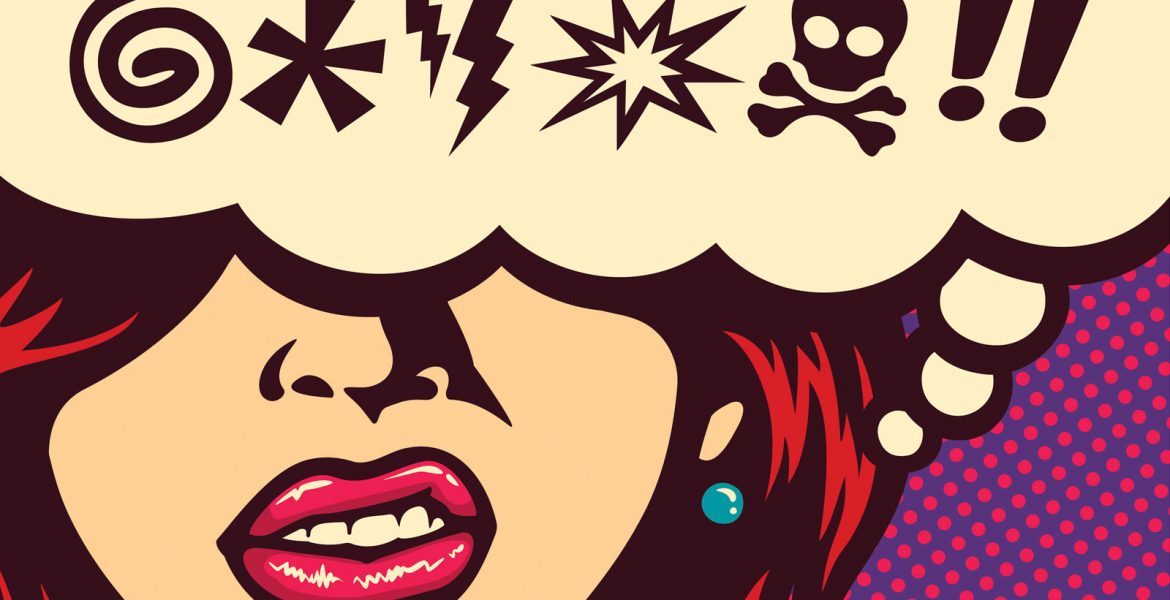Bad brand marketing is wreaking havoc. But worse than just rubbing consumers up the wrong way, is the fact that brands might not even realise they’re doing it. So many are proliferating bad marketing habits by getting all up on their soapbox and turning consumers off. But what is the potential cost of the discontent that brands are causing? And what can they do to address this displeasure?
Brands behaving badly
Scarily, the impact of bad marketing and annoying ads is huge. New research from Live & Breathe, that is due to be unveiled in the agency’s upcoming report ‘Close the Conversion Gap: what consumers can tell brands about where to place marketing bets’ shows that 90% of consumers would run from a sale as the result of bad marketing and a quarter would walk away from poor store layout and experience. These are not stats that can be ignored. Least of all by brands looking to target millennials – this age group had the most severe aversion to bad marketing, with 93% said intruding on their privacy, poor reviews and negative brand image would turn them off. With such a significant proportion of people getting pissed off by marketing, it’s evident that brands are blissfully unaware that they’re doing anything wrong. Let alone what they’re doing wrong. But that needs to change.
Bad ads as bad as rip off price tags
While feeling ripped off still has a significant ability to upset consumers – with 55% of people giving overpriced products the short shrift – annoying ads upset 36%. Brands must consider the power that comms execution has when it comes to sales – it’s more than just price points. Bad marketing can be a real barrier to purchase, and as a result needs to be a priority. An ad that isn’t driving a sale is just a waste of effort and money.
In store still needs to be top drawer
The story is no different in store. A bad experience can push consumers over the edge, with a fifth saying they’d abandon a sale due to a poor store experience. This shows that despite the growth of ecommerce, in store still needs to be a priority – as slick and engaging as any other buying platform. Consumers want the shopping experience to be as free-flowing, fast and frictionless as online purports to be; 32% enjoy the ease of online checkout.
Furthermore, in-store activation might be favoured by the modern consumer but it’s just as culpable in losing a sale if the execution is wrong – which means that brands need to tread a very fine line to get it right. The way branded experiences are activated are not the only consideration, timing needs to be considered too. There are plenty of times when people really don’t want to be interrupted by marketing. 93% of consumers don’t want to come face-to-face with marketing activation at breakfast and the morning commute – train station sampling teams take note!
Ultimately these stats just scratch the surface. Overall, it’s evident that brands need a deeper understanding of barriers to purchase. This knowledge can then be used to inform marketing strategies which will allow brands to convert knowledge into sales, by spending budget at the right touchpoints – something that we at Live & Breathe have applied in our work with the likes of The Happy Egg Co. and Peroni. Joined up thinking is critical to this success.
Atoning for their brand behaviour
The truth is, too often, brand owners erect internal barriers that impose a chasm between marketing’s remit and all the other teams involved in a sale. Integration and transparency internally is key to this. That said, agencies must do their bit too. There’s little point spending millions on award-winning TV ads if stock is stuck on shelves in a store’s dingiest corner, particularly when 17% of consumers say store layout is their number one purchase driver. Beautiful brand work has its place; we found that image is influential and making that work in tandem with crucial in-store comms is key to boosting sales.
Be it in-store or online, our consumer research tells us that brands must do a better job of connecting comms throughout the sales funnel. As technology connects the retail landscape it, in theory, makes a sale quicker and simpler. In turn it means it’s vital for marketers to think of their brand ads and activations in a more joined-up manner. Big TV spots no longer drive volume on their own, social media isn’t sustaining brands yet, and in-store, while powerful, can’t do a proper job without dovetailing to comms outside the retail environment. Brands need to find their creative harmony and make every pound spent improve sales by selling hard, selling smart and selling beautiful.

